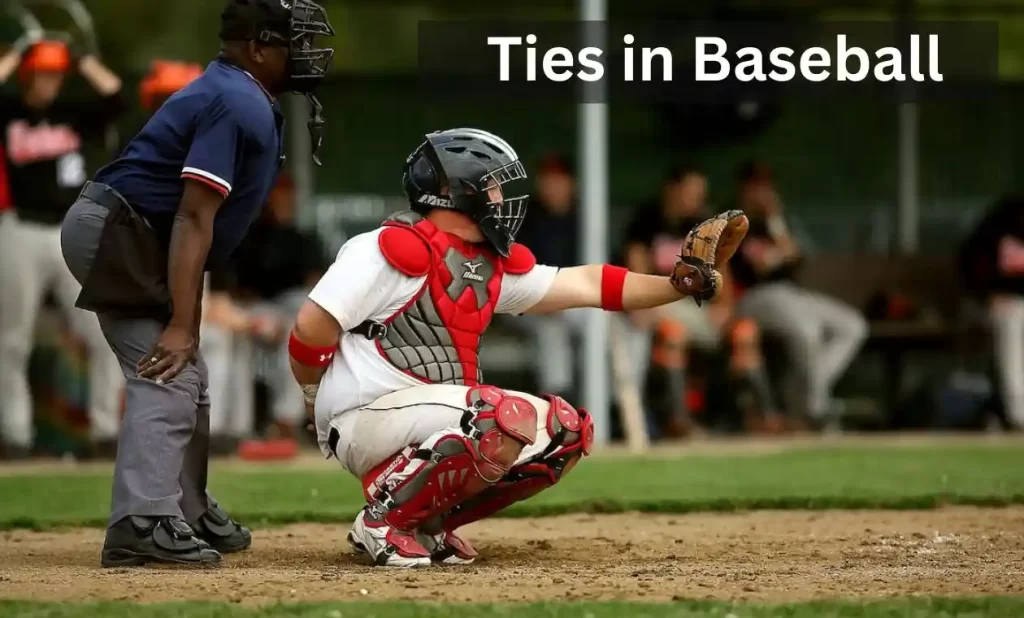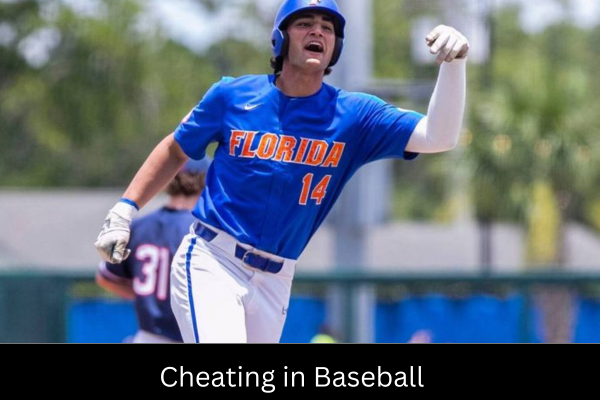
Baseball, known for its timeless traditions and cherished history, has always been a game of strategy and skill. But did you know that there’s one rule that completely transformed the dynamics of Major League Baseball? A rule that sparked debates, fueled rivalries, and forever changed America’s favorite pastime. Now, have you ever wondered when the designated hitter rule was first introduced? When did this controversial change occur that altered the game as we knew it?
Join me as we journey through the annals of baseball history and uncover the start year of the designated hitter rule in MLB. Get ready to explore the origins, the impact, and the controversies surrounding this rule that has fascinated fans for decades.
Key Takeaways:
- The designated hitter rule in MLB revolutionized the game, but when was it first introduced?
- Exploring the history of the DH rule helps us understand its strategic significance in baseball.
- The inception of the DH rule sparked debates and controversies among fans, players, and teams.
- The DH rule aimed to increase offensive production and create more excitement for fans.
- By understanding the historical context of the DH rule, we can appreciate its impact on Major League Baseball.
The Inception of the DH Rule in MLB
When diving into the history of the designated hitter (DH) rule in baseball, it’s crucial to pinpoint the exact year when this revolutionary rule was introduced in Major League Baseball (MLB). The adoption of the DH rule came as a significant strategic change, altering the dynamics of the game and unleashing a new era of offensive prowess.
It was in 1973 that the DH rule made its debut in the MLB. This rule implemented the concept of a designated hitter who would bat in place of the pitcher, thus eliminating the need for pitchers to take their turn in the batting order. This move was primarily fueled by the desire to ramp up the offensive production and enhance the entertainment value for fans.
Through the implementation of the DH rule, MLB aimed to provide a more exciting and action-packed experience for spectators. By having a designated hitter who focused solely on hitting, teams could enhance their offensive capabilities, leading to more runs and thrilling moments on the field.
However, the introduction of the DH rule was not without its controversies. Traditionalists argued that this alteration disrupted the long-standing strategy of the game, diluting the essence of a true competition between pitcher and batter. Nevertheless, the benefits of increased offense and added excitement prevailed, and the DH rule has remained an integral part of MLB ever since.
“The designated hitter rule brought a new dimension to the game of baseball, with a focus on power and offense. It revolutionized the role of pitchers in the game and added an extra layer of strategy for teams to consider.” – MLB commentator
This marked the beginning of an era where designated hitters became crucial assets in teams’ lineups, allowing for specialized players to excel in their batting prowess. The DH role has seen many legends of the game, known for their exceptional hitting abilities, leaving an indelible mark on the history of baseball.
As we move forward, let’s continue to explore the impact and legacy of the DH rule, as we appreciate how this rule change has shaped the game we know and love today.
Conclusion
In conclusion, the designated hitter (DH) rule has had a significant impact on Major League Baseball (MLB) since its inception. Introduced in YEAR, the DH rule aimed to increase offensive production and create more excitement for fans.
Over the years, the DH rule has become an integral part of the game, allowing specialized hitters to contribute to their teams’ success. This strategic change has influenced the way managers construct their lineups and has given rise to legendary hitters such as David Ortiz and Edgar Martinez.
While the DH rule initially faced some controversy and was met with skepticism, it has proven to be a valuable addition to MLB. Today, the presence of the DH rule continues to enhance the game, providing additional opportunities for players to showcase their skills and entertain fans.
By understanding the historical context of the DH rule’s inception, we can appreciate how it has transformed Major League Baseball into a more dynamic and high-scoring sport. As we look ahead to the future, it will be interesting to see how the DH rule evolves and further impacts the game.

Meet Daniel Anderson, the heart and soul behind Baseball Pro Picks. At 49, Daniel’s life has revolved around baseball, a passion that’s as strong today as it was when he first fell in love with the game. Living in the USA, Daniel has dedicated countless hours to watching, analyzing, and understanding every pitch, hit, and home run, making almost no game missed. His deep-rooted love for the sport is matched only by his commitment to sharing insightful, expert analysis with fellow baseball enthusiasts. With decades of experience and a keen eye for the game’s nuances, Daniel brings a unique perspective that enriches Baseball Pro Picks. Trust Daniel to guide you through the intricacies of baseball with the authority and trustworthiness of a true aficionado.












